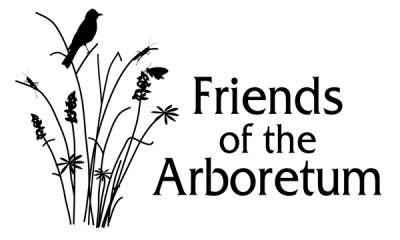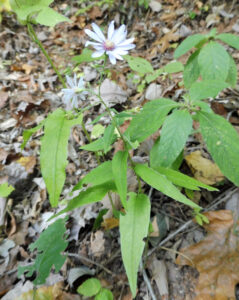SCIENTIFIC NAME: Aster shortii, Symphyotrichum shortii – many asters are classed as symphyotrichum from Greek words for junction (symphysis) and hair (trichos) referring to the flower petals. Charles Wilkins Short (1794 – 1863) was a physician and botanist in Lexington, KY who taught at Transylvania University. He collected a large herbarium that was donated to the Academy of Natural Sciences in Philadelphia after he died.
FLOWER: Violet-blue. Short’s Aster has flowers that are ¾ inch or larger while most other asters have smaller flowers.
BLOOMING PERIOD: August to October
SIZE: 2 – 4 feet
BEHAVIOR: This is a much-branched plant with thick-textured leaves.
SITE REQUIREMENTS: Short’s aster does best in part shade to full shade and in dry to wet mesic soil. Look for Short’s aster in upland woods and where limestone is close to the surface.
NATURAL RANGE: Most of the eastern United States. In Wisconsin it is mostly in the southern part of the state.
SPECIAL FEATURES: The lower leaves are heart-shaped and have smooth margins. Each flower has 10 to 15 rays.
SUGGESTED CARE: No special care once established.
COMPANION PLANTS: Higher quality natural areas with oak, hickory, maple or basswood trees.

